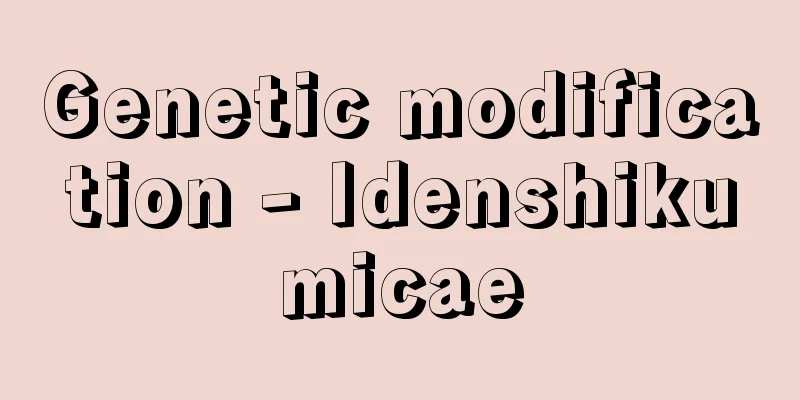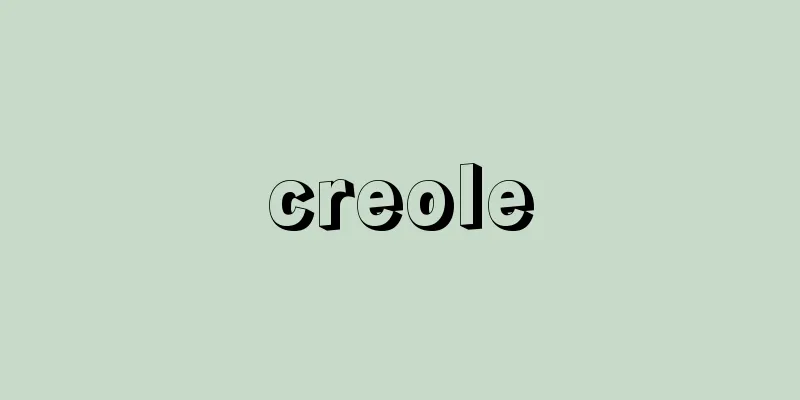Handwriting analysis

|
Handwriting analysis refers to the identification of the presence of intraindividual constancy (the roughly similar characteristics that a writer always shows) and rarity (the unique habits or characteristics that differ depending on the writer) between two or more handwritings, and to determine whether they are written by the same person. Handwriting analysis generally involves examining whether the handwriting in the sample is natural or intentional, the level of writing technique, whether it is suspected to be a forgery, and whether the comparison sample is appropriate, and then examining in detail the stroke structure, stroke shape, stroke order, stroke arrangement, writing pressure, writing style, typographical errors, and misuse. There is also a decomposition identification method in which characters are decomposed and compared between common radicals. If a high degree of rarity and consistent characteristics are found between the two samples, the handwriting in both samples is judged to be written by the same person. On the other hand, if neither rarity nor consistent characteristics are found, and there is a rarity that is not found in the sample in the comparison sample, it is judged to be a different handwriting. In recent years, in an attempt to reduce subjective elements and make it more scientific, research has been conducted into methods such as computer-assisted Fourier analysis of characters (a method in which the X and Y coordinates of a character are read from an arbitrary X and Y axis in accordance with the stroke order of the character, and these X and Y coordinates are then entered into a computer, after which the computer performs Fourier analysis to print out the character pattern) and Moire topography (a method of measuring indented characters that resemble pen impressions and pen pressure using Moire fringes). [Hideaki Sugie] Source: Shogakukan Encyclopedia Nipponica About Encyclopedia Nipponica Information | Legend |
|
筆跡鑑定とは、二つ以上の筆跡間において、筆跡の個人内の恒常性(書く人がいつも示す、だいたい同じような特徴)と希少性(書く人によって異なる、独特の癖とか特徴)の存在を識別し、それらの筆者が同一人であるか否かを判断することをいう。筆跡鑑定の検査方法は、一般に資料の筆跡が自然筆か作意筆か、書字技術はどの程度か、偽筆の疑いはどうか、対照資料は適切かなどを検査し、ついで詳細に字画構成、字画形態、筆順、配字、筆圧、筆勢、誤字、誤用などを識別する。さらには、文字を分解して共通部首間の比較を行う分解識別法もある。これらの各識別検査を総合判断し、両資料間に希少性が高く、恒常性のある特徴が認められる場合は、両資料の筆跡は同一人の書いたものと判断される。一方、希少性と恒常性のある特徴が認められず、さらに鑑定資料中にない希少性が対照側にある場合は異筆であると判断される。近年は、主観的な要素を少なくし、科学性を与えようとする試みから、コンピュータを利用した文字のフーリエ解析(任意のX、Y軸より文字の筆順に従いX、Y座標を読み、そのX、Y座標をコンピュータへ入力後、コンピュータによってフーリエ解析し文字のパターンを打ち出す方法)やモアレトポグラフィー法(モアレ縞(しま)を利用して筆圧痕(こん)のような凹(くぼ)み文字や筆圧を測定する方法)などが研究されている。 [杉江秀明] 出典 小学館 日本大百科全書(ニッポニカ)日本大百科全書(ニッポニカ)について 情報 | 凡例 |
Recommend
Gomukha
...From around the 8th century, Yakshas (demon de...
Historical climatology
Climate change is a science that traces climate ch...
Edgeworth, Francis Ysidro
Born: February 8, 1845, Edgeworthtown [Died] Febru...
Error
...Tomi Ungerer (1931- ), from France, creates pi...
Nursing Care Certification Examination Board - Kaigoninteishinsakai
An institution established in a city or town that ...
Todo
...The Oirat language is further divided into (1)...
Nantokata - Something
A term used in gagaku. A name indicating the linea...
Dog lice - Dog lice
...To prevent this, it is necessary to use insect...
Heian Palace - Heiankyu
The Imperial Palace (Daidairi) of Heian-kyo is loc...
Engine sizing
… [Sizing for the paper industry] The process of ...
Aegidius Romanus
Around 1247 - 1316 Theologian and political theori...
Praetor (English spelling)
One of the senior magistrates of ancient Rome. It ...
Ural Studies
The Uralic language family is a collective term f...
FAB - Fab
A factory that manufactures chips. It is an abbrev...
Chanko cuisine - Chanko cuisine
A unique home-cooked dish found in the sumo world...









